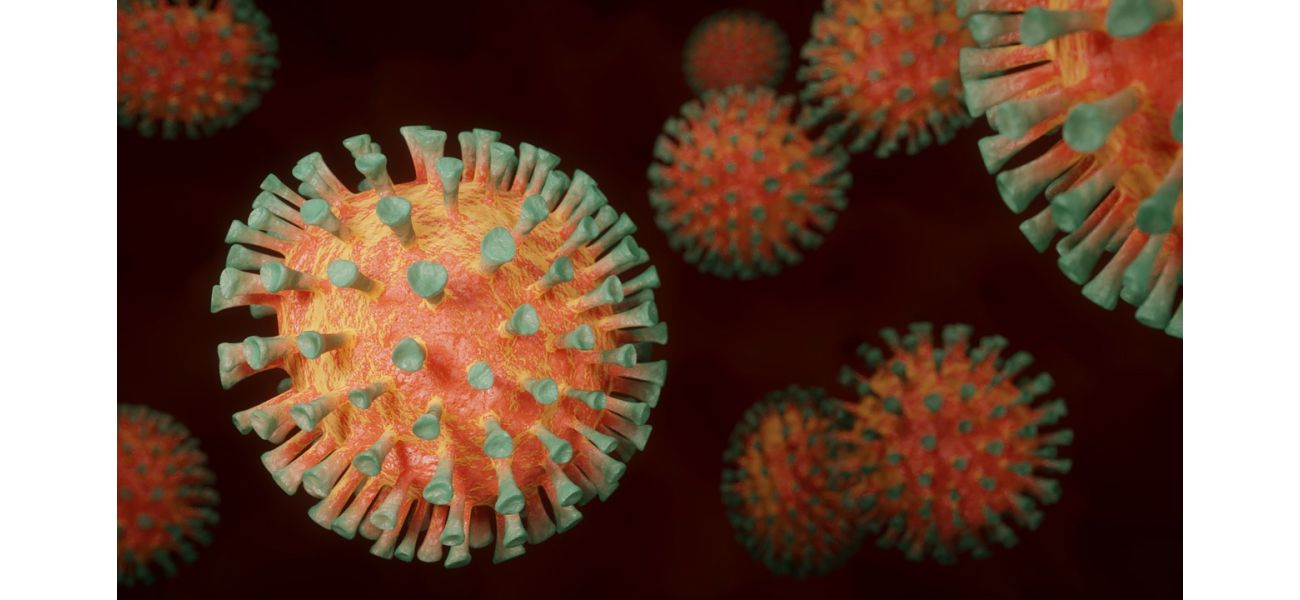COVID-19's potential animal origin identified.
International researchers used new data from China to narrow their focus.
September 19th 2024.

A groundbreaking international study has recently shed light on the beginnings of the COVID-19 pandemic. This study, considered to be one of the most significant pieces of evidence to date, was made possible by access to crucial data from the Chinese Centre for Disease Control and Prevention. This data included 800 samples from animals at the Huanan Seafood Wholesale market, as well as viral genomes from the first COVID-19 patients.
Co-corresponding author Florence Débarre, from the French National Centre for Scientific Research, expressed the importance of this dataset in understanding the origin of the pandemic. The researchers were able to collect this data on January 1, 2020, just hours after the market was closed and the animals were removed. The team from the Chinese CDC swabbed the stalls, floors, walls, and other surfaces, with a focus on areas where wildlife was sold. They also collected samples from drains and sewers, using a technique called metatranscriptomic sequencing to obtain RNA sequences from all organisms present in the samples, including viruses, bacteria, plants, animals, and humans.
In 2023, the Chinese CDC team, led by Liu Jun, published their data and results in the prestigious journal Nature. However, the identities of the animal species found in the data, which could potentially be intermediate hosts for the virus, were still unknown. A recent analysis of this data, published in Cell, revealed that SARS-CoV-2 was present in the same stalls as wildlife being sold at the market. In some cases, genetic material from the virus and these animals were found on the same swabs. The animal species were identified by analyzing their mitochondrial genomes.
According to co-corresponding author Kristian Andersen of Scripps Research, this study adds to the growing evidence that the pandemic originated from infected animals being brought into the market in late November 2019. Michael Worobey of the University of Arizona, another author of the study, emphasized the danger of bringing wild animals teeming with viruses into close contact with densely populated human areas. He also mentioned that the identified species, such as the common raccoon dog and masked palm civets, have been linked to previous outbreaks of similar viruses.
The study also found other animal species, such as the hoary bamboo rat and Malayan porcupines, in SARS-CoV-2-positive samples. While it is not certain if these animals were infected, the genetic information obtained from the samples can help trace the origin of the virus. Worobey stressed the importance of understanding the origins of the virus, not just for national security, but also for global public health. He also highlighted the need for increased measures to prevent similar zoonotic events from happening in the future.
In the midst of misinformation and speculation about the origin of the virus, this study provides valuable insights into the source of the pandemic. The researchers hope that their findings will lead to a better understanding of the risks associated with wildlife trade and help prevent future outbreaks. Stay updated on the latest breaking news, celebrity updates, and sports news by following us on our WhatsApp channel. Be assured that your privacy is protected, and your private details will not be shared with anyone.
Co-corresponding author Florence Débarre, from the French National Centre for Scientific Research, expressed the importance of this dataset in understanding the origin of the pandemic. The researchers were able to collect this data on January 1, 2020, just hours after the market was closed and the animals were removed. The team from the Chinese CDC swabbed the stalls, floors, walls, and other surfaces, with a focus on areas where wildlife was sold. They also collected samples from drains and sewers, using a technique called metatranscriptomic sequencing to obtain RNA sequences from all organisms present in the samples, including viruses, bacteria, plants, animals, and humans.
In 2023, the Chinese CDC team, led by Liu Jun, published their data and results in the prestigious journal Nature. However, the identities of the animal species found in the data, which could potentially be intermediate hosts for the virus, were still unknown. A recent analysis of this data, published in Cell, revealed that SARS-CoV-2 was present in the same stalls as wildlife being sold at the market. In some cases, genetic material from the virus and these animals were found on the same swabs. The animal species were identified by analyzing their mitochondrial genomes.
According to co-corresponding author Kristian Andersen of Scripps Research, this study adds to the growing evidence that the pandemic originated from infected animals being brought into the market in late November 2019. Michael Worobey of the University of Arizona, another author of the study, emphasized the danger of bringing wild animals teeming with viruses into close contact with densely populated human areas. He also mentioned that the identified species, such as the common raccoon dog and masked palm civets, have been linked to previous outbreaks of similar viruses.
The study also found other animal species, such as the hoary bamboo rat and Malayan porcupines, in SARS-CoV-2-positive samples. While it is not certain if these animals were infected, the genetic information obtained from the samples can help trace the origin of the virus. Worobey stressed the importance of understanding the origins of the virus, not just for national security, but also for global public health. He also highlighted the need for increased measures to prevent similar zoonotic events from happening in the future.
In the midst of misinformation and speculation about the origin of the virus, this study provides valuable insights into the source of the pandemic. The researchers hope that their findings will lead to a better understanding of the risks associated with wildlife trade and help prevent future outbreaks. Stay updated on the latest breaking news, celebrity updates, and sports news by following us on our WhatsApp channel. Be assured that your privacy is protected, and your private details will not be shared with anyone.
[This article has been trending online recently and has been generated with AI. Your feed is customized.]
[Generative AI is experimental.]
0
0
Submit Comment





